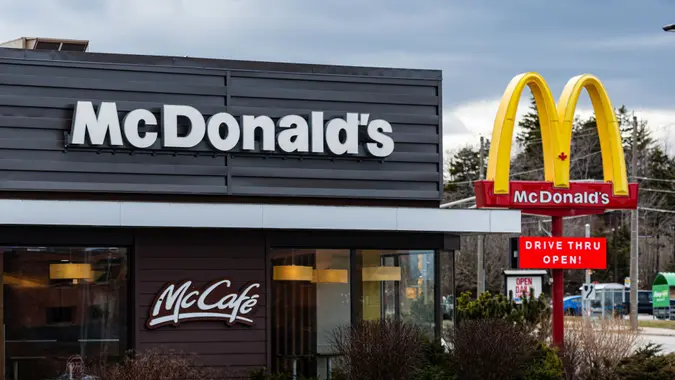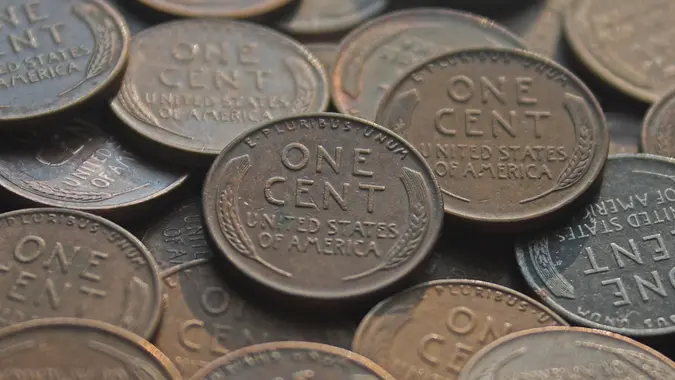Suze Orman: Here’s Why You Need a ‘Must-Pay’ Account in Addition to an Emergency Fund

Commitment to Our Readers
GOBankingRates' editorial team is committed to bringing you unbiased reviews and information. We use data-driven methodologies to evaluate financial products and services - our reviews and ratings are not influenced by advertisers. You can read more about our editorial guidelines and our products and services review methodology.

20 Years
Helping You Live Richer

Reviewed
by Experts

Trusted by
Millions of Readers
It’s always a smart idea to be financially prepared for the unexpected, but the cost of life’s various “what ifs” can vary drastically. That’s why Suze Orman, money expert and co-founder of emergency savings startup SecureSave, believes that it’s important to have both an emergency fund and a “must-pay” account.
Emergency Fund vs. ‘Must-Pay’ Account
An emergency fund is ideal for those one-off emergency expenses, such as a home or car repair. But for major emergencies, you’ll need to have more saved. This is where a “must-pay” account comes into play.
“There’s a difference between the emergency savings accounts and what I’ve started to call the ‘must-pay’ accounts, which might be an eight-month to 12-month account,” Orman said.
A “must-pay” account is your financial liferaft in the case of a catastrophic life event.
“You’re planning for you to get sick, you’re planning for an accident, you’re planning for a layoff,” Orman said. “What are the bills that you must pay [over the eight to 12 months you’re unable to work]? The must-pay bills should be [in] a ‘must-pay’ account.”
But having a must-pay account isn’t enough — you shouldn’t have to touch this account for smaller emergencies.
“What nobody usually plans for is when the little things go wrong — your car breaks down, your refrigerator breaks, your air conditioner isn’t working, whatever it may be,” Orman said. “With an emergency savings account, you have $1,000 in there, you have $2,000 in there, great.”
 Written by
Written by  Edited by
Edited by 

























